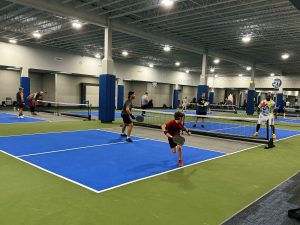Feasibility Reports
The team at SFA assists more than 100 communities each year in the planning and financing of their new sports, recreation, events, and wellness facilities. From the get-go, many clients or community stakeholders are curious about the outcome and what it means for their future. At SFA, we have 3 categories of feasibility results: Yes, No, and Yes-If. Let’s take a brief look at each outcome.
Feasibility “Yes” (approx. 30% of SFA assessments)
Each feasibility study with SFA begins with a business development planning session (BDPS) where the goals, objectives, challenges, and opportunities are defined. If the sports participation rates, market demographics, propensity to spend on sports/recreation, and a myriad of other factors add up to create a sustainable business model that meets your definition of success (health, economic, financial), then your project will be assessed as feasibility “yes” and will be eligible to move into finance support services.
Feasibility “No” (approx. 30% of SFA assessments)
At SFA, we’re focused on doing things the right way, and sometimes that means telling the hard truth. Many factors contribute to a project receiving a feasibility “no.” The business model selected may be too rigid, the market demographics may be too sparse or lack expendable income, the surfaces (ice, pool) may be too expensive, or the project goal for success can’t be met with the constraints expressed in the business development planning session. In the end, it’s better to have invested in an accurate, realistic assessment than to have invested hundreds of thousands, if not millions, in an insecure business.
Feasibility “Yes-If” (approx. 40% of SFA assessments)
We like to say that feasibility “Yes-If” is where the SFA team really shines. In this scenario, significant business model or programming challenges are identified during the assessment process that can be overcome if adjustments are made. Among other things, these adjustments may include right-sizing the project (larger or smaller), adding revenue-generating sources to the property, cutting a high-cost component, or moving the location of the project to a different part of the city or county. In this scenario, the most effective clients are flexible in their vision and willing to make adjustments to create a successful business model and receive the final feasibility “yes.”






